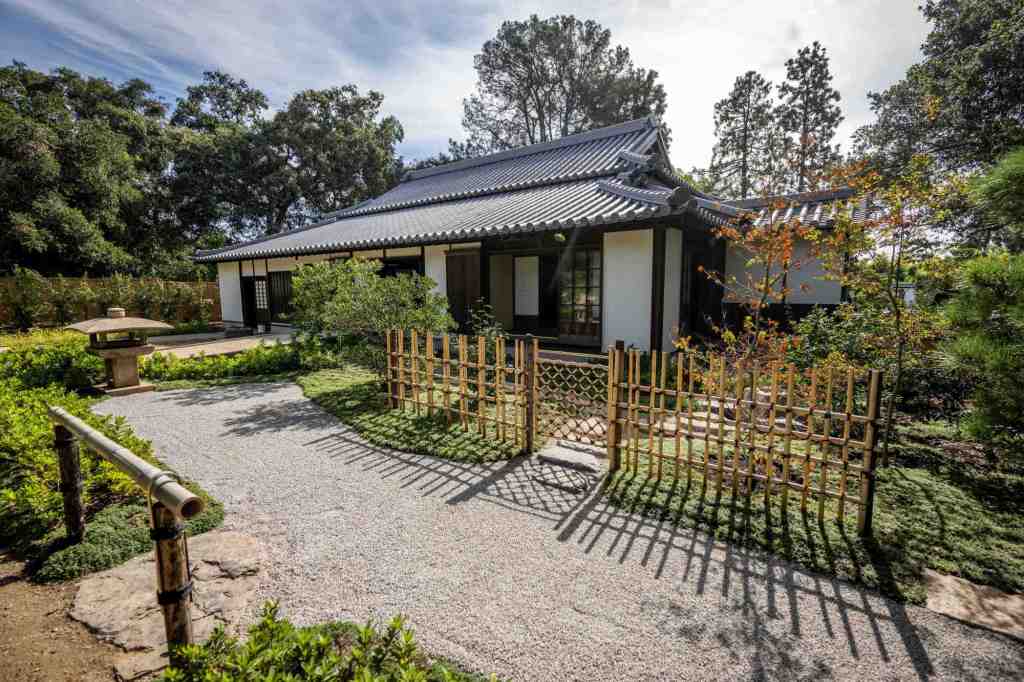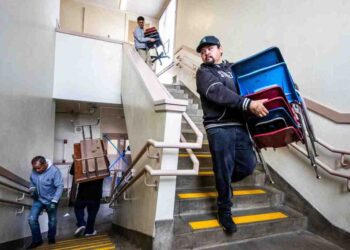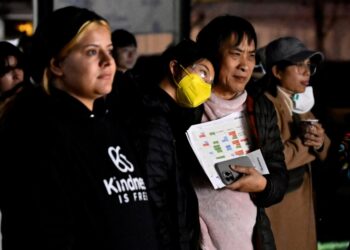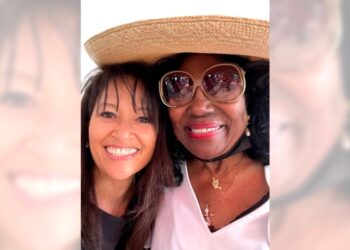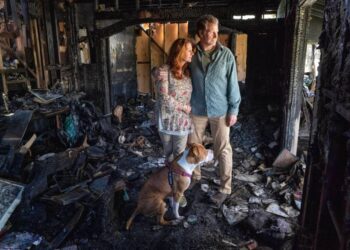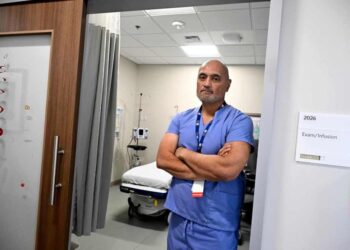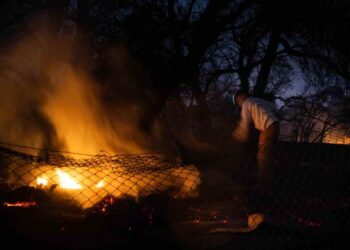The Huntington Library, Art Museum and Botanical Gardens has a new attraction that will bring the essence of a 17th century farming village to San Marino.
It is called the Japanese Heritage Shōya House, and it will open to the public on Saturday, Oct. 21.
The house was built around 1700 in Marugame, a city in Japan’s western Kagawa Prefecture. A shōya was a village leader, according to Robert Hori, gardens cultural curator and program director for The Huntington.
“The Japanese Heritage Shōya House will take the visitor back in time,” he said in a phone interview. “What we have created is a rural village setting, which includes the house, walls, a gatehouse and terraced rice fields that would have surrounded it when it was originally built.”
The project is an addition to the nine-acre Japanese Garden that railroad magnate Henry E. Huntington created on his estate in 1912.
With its tea house and moon bridge, the Japanese Garden is one of the Huntington’s major attractions, along with the paintings “Pinkie” and “The Blue Boy,” a Gutenberg Bible and a Shakespeare first folio.
The Japanese Garden has always had a Japanese house, but the structure Henry Huntington installed, while built in Japan, was never a residence, Karen R. Lawrence, president of the Huntington, said at a press preview of the Shōya House.
“This is completely different. This the real deal.”
The Shōya House literally takes the Japanese Garden in a new direction. It opens a new 2-acre section of the 207-acre property to visitors between the original Japanese Garden and a Chinese Garden that was enlarged as part of a major expansion in 2020.
The 3,000-square-foot structure was owned for centuries by the Yokoi family. Los Angeles resident Akira Yokoi, a 19th generation descendant, and his wife Yohko offered it to the Huntington in 2016, according to a news release.
In the 17th century the house served as both a public space for civic business and a private…
Read the full article here

